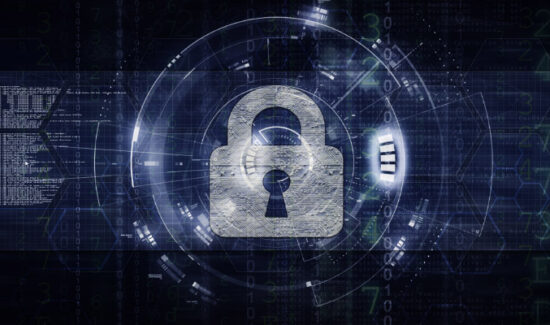The Fundamentals of the Evolution of Data Protection and Resilience

 Data protection protocol has been steadily updated over the years, simplifying the process of backup, disaster recovery, and business continuity. For example, there is currently a market for data protection systems that alert IT teams to any sort of threat before it occurs, then mitigating the problem automatically, recovering your operations within a guaranteed timeframe. However, this kind of feature wasn’t a technological possibility for many businesses years ago. In addition to this, only businesses with larger budgets were able to afford business continuity solutions in the past, meaning that there was not a feasible way for mid-sized companies to quickly recover from disruptions. However, as a result of the evolution of data protection, an emphasis on resilience and assurance has come to the forefront.
Data protection protocol has been steadily updated over the years, simplifying the process of backup, disaster recovery, and business continuity. For example, there is currently a market for data protection systems that alert IT teams to any sort of threat before it occurs, then mitigating the problem automatically, recovering your operations within a guaranteed timeframe. However, this kind of feature wasn’t a technological possibility for many businesses years ago. In addition to this, only businesses with larger budgets were able to afford business continuity solutions in the past, meaning that there was not a feasible way for mid-sized companies to quickly recover from disruptions. However, as a result of the evolution of data protection, an emphasis on resilience and assurance has come to the forefront.
Originally, the best protection businesses could get was traditional data backup. Technological advances have changed this, making business continuity more easily available, even for small to medium-sized businesses. Backup was also an expensive and time-consuming process historically, which involved lengthy downtime that made recovery unreliable. Additionally, Recovery Time Objectives (RTO) and Recovery Point Objectives (RPO) were much longer years ago, creating significant data losses during recovery. Eventually, more features were introduced into the data protection space, including bare metal restore to dissimilar hardware, snapshots, disaster recovery, and image backup providing the ability to recover an entire system with a single restore. This brought enterprises into a period of viewing data protection as business continuity.
After the introduction of virtual servers for disaster recovery, the process of recovery became faster and more reliable. Virtual appliances located in data centers rid businesses of the need for a local appliance. This enabled users’ IT operations to evolve from continuity to resilience, meaning that users could run their systems from their remote data center and survive the loss of an entire office if necessary. Some IT professionals say that business continuity evolved from data protection, and that IT Resilience Assurance (ITRA) is the next stage of that evolution.
ITRA’s purpose is to maintain required service levels consistently, meaning that providers offering data protection solutions must be willing to give a guarantee in order for their solution to be credible. ITRA solutions can offer a 15-minute recovery guarantee and one-click recovery capability in order to maintain resilience. When looking for an ITRA tool, ensure that your provider will stand by their solution through an explicit, measurable guarantee in order to establish assurance.
IT Resilience has made its way to the forefront as a result of the combination of business continuity and data protection tools, such as bare metal restore and nested virtualization, which have been developed over the course of decades. As time passes, newer innovations eventually take the place of older technology. For that reason, consider implementing an ITRA solution for resiliency to stay on top of your business needs.
If you want to learn more about the evolution of ITRA, check out this analysis on the subject!




















